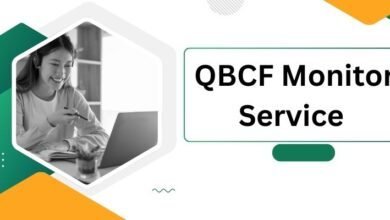Policy number on insurance card Aetna

When you receive your insurance card from Aetna, it’s important to understand the policy number and its significance. The policy number is a crucial piece of information that identifies you as a policyholder and is used by healthcare providers to bill Aetna for your services. In this guide, we’ll delve into the details of your policy number, where to find it on your insurance card, and what it means for your healthcare coverage.
What is a Policy Number?
A policy number is a unique identifier assigned to your specific insurance policy. It helps Aetna and healthcare providers track your coverage and process claims accurately. Your policy number is linked to your personal information, such as your name, date of birth, and the type of coverage you have.
Where to Find Your Policy Number on Your Aetna Insurance Card
Your Aetna insurance card contains vital information, including your policy number. Here’s where you can typically find your policy number on your card:
- Front of the Card: Your policy number is usually displayed prominently on the front of your Aetna insurance card. It is often located near the top or bottom of the card and is labeled as “Policy Number” or “Member ID.”
- Back of the Card: In some cases, the policy number may be on the back of the card. Look for a section labeled “Policy Information” or similar, where your policy number should be listed.
- Group Number: Sometimes, the policy number may be combined with your group number. The group number identifies the specific group plan you are part of, while the policy number distinguishes your individual coverage within that group.
Understanding Your Aetna Policy Number
Your Aetna policy number contains important information about your coverage. While the format may vary, depending on your specific plan, here’s a general overview of what the different parts of your policy number represent:
- Prefix: Some policy numbers start with a prefix that identifies the type of plan or coverage you have. For example, a prefix of “XV” might indicate a specific type of health plan.
- Numeric Digits: Following the prefix, there are typically a series of numeric digits. These digits may indicate your specific plan within the larger group plan, your subscriber ID, or other information relevant to your coverage.
- Suffix: In some cases, there may be a suffix at the end of your policy number. This may indicate additional information about your coverage, such as a specific network or benefit package.
Using Your Aetna Policy Number
Your policy number is essential for accessing healthcare services and ensuring that your claims are processed correctly. When you visit a healthcare provider, they will ask for your insurance information, including your policy number. Be sure to provide this information accurately to avoid any billing issues.
Keeping Your Aetna Insurance Card Safe
Since your insurance card contains sensitive information, it’s important to keep it safe and secure. Avoid sharing your card with anyone who does not have a legitimate need for it. If your card is lost or stolen, contact Aetna immediately to request a replacement.
Tips for Managing Your Aetna Insurance Card
In addition to understanding your policy number, here are some tips for managing your Aetna insurance card effectively:
- Review Your Coverage: Take the time to review your insurance card and understand the type of coverage you have. Familiarize yourself with any copayments, deductibles, and coverage limits that may apply to your plan.
- Keep Your Information Up to Date: If there are any changes to your personal information, such as a change of address or marital status, be sure to update your Aetna account accordingly. This ensures that your insurance card remains accurate and that you receive important communications from Aetna.
- Know Your Network: Aetna often works with a network of healthcare providers, including doctors, hospitals, and pharmacies. Be aware of which providers are in-network for your plan to maximize your benefits and minimize out-of-pocket costs.
- Understand Your Benefits: Your Aetna insurance card provides access to a range of healthcare benefits. Take the time to familiarize yourself with what services are covered under your plan, including preventive care, prescription drugs, and specialty services.
- Keep Copies of Your Card: It’s a good idea to keep copies of your Aetna insurance card in various secure locations, such as your wallet, glove compartment, or at home. This ensures that you have access to your insurance information wherever you go.
- Use Online Resources: Aetna offers online tools and resources to help you manage your healthcare coverage more effectively. Visit their website or mobile app to access features such as claims tracking, provider directories, and benefit summaries.
- Ask Questions: If you have any questions or concerns about your Aetna insurance card or coverage, don’t hesitate to reach out to Aetna customer service for assistance. They can provide clarification on your benefits, help you find in-network providers, and assist with any claims issues.
Final Thoughts
Your Aetna insurance card is more than just a piece of plastic—it’s your key to accessing essential healthcare services. By understanding your policy number and how to use your card effectively, you can make the most of your Aetna coverage and ensure that your healthcare needs are met. Remember to keep your card safe, stay informed about your benefits, and don’t hesitate to reach out for help when you need it.



